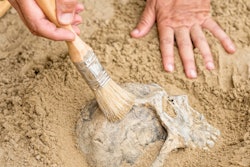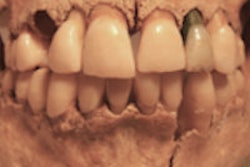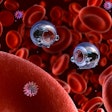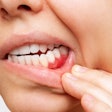An international team of experts has discovered disease-causing bacteria in a German Medieval population that are the same or very similar to inflammatory disease-causing bacteria in humans today. The team analyzed the dental calculus or plaque from teeth preserved for 1,000 years.
Christina Warinner, PhD, from the department of anthropology at the University of Oklahoma assembled an international team to build a detailed picture of people from the Medieval period by extracting DNA from samples of the dental calculus. The samples were small, but dental calculus has a thousand times more DNA than bone. Warinner and her team also looked at and analyzed the protein in the samples for an even more detailed look.
Warinner's research, published in Nature Genetics(February 23, 2014), was initially considered high-risk because no one knew what, if anything, would be preserved in dental calculus.
Warinner's research grew from the need for more health and dietary information, but now she wants to know why the inflammatory disease-causing bacteria found in a Medieval population also causes periodontal disease in 13% of humans today. Why are humans even susceptible to periodontal disease, when most animals do not get periodontal disease? Is it human behavior or something else that contributes to chronic inflammatory disease in humans? The archaeological record provides clues, according to Warinner.
"What makes dental calculus so unique is that it acts both as a long-term reservoir of the oral microbiome and as a trap for dietary and environmental debris," Warinner stated. "This allows us to investigate health and disease, as well as reconstruct aspects of an individual's life history and activities. Never before have we been able to retrieve so much information from one small sample."



















